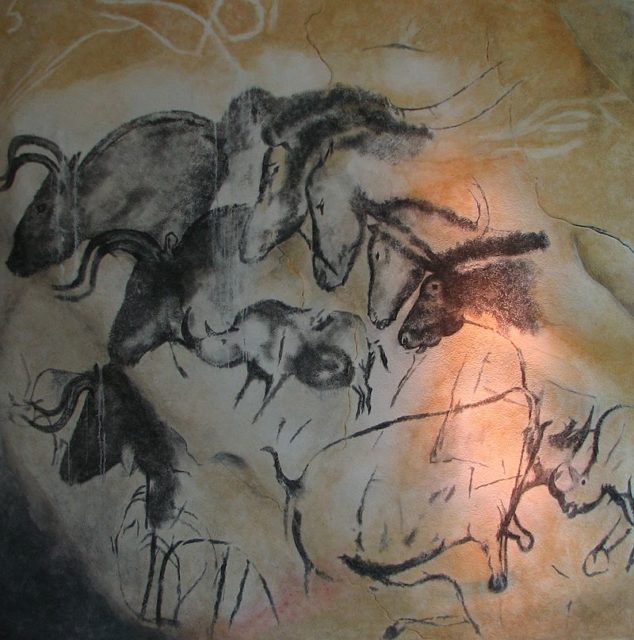A vast assembly of animal bones dating back about 60,000 years has been unearthed deep within the Ural Mountains of Russia. More than 500 fragments and bones were found inside the Imanai cave in Bashkiria, and specialists have suggested they belonged to enormous cave lions.
The discovery is the largest ever found of the remnants of this extinct creature – researchers speculate the animals might have been sacrifices carried out by ancient civilizations.
The remains in the cave have been identified as coming from the Eurasian cave lion. This kind is thought to be around 25 percent bigger than our modern day lions, standing about 3 feet tall. The creatures roamed around at the same time as the Neanderthals and were regularly portrayed in cave paintings. Despite their name, they did not actually reside inside caves.

As an alternative, men hunted bears and took their cubs from the caves, particularly during the last Ice Age. The lions, along with their prey such as giant deer and bears, were wiped out by the Quaternary Extinction Event. Scientists discovered around 500 fragments and bones of giant cave lions; there could possibly be more as the examination of the collection continues.
Until now, archaeologists have never discovered this quantity of bones in one site. The remnants of five or six lions were unearthed in layers of soil about 300 feet inside the cave. It was not typical for a thriving cave lion to venture so far from the entrance – ordinarily they did not go deep into the cave.
Archaeologists question if the cave had religious significance for ancient man, and if the animals were utilized as sacrifices to their gods. The names of these deities and what practices were involved are unknown.

The weapons that were discovered consisted of ten stone spearheads, but there were no signs of prehistoric humans living in the cave. The remains are from the Mousterian period, an era of the Stone Age around half a million to ten thousand years ago. Ancient humans were likely to have slain the creatures in this holy cave, not for the source of food but as a sacrifice to the gods.
If any ancient individuals created a settlement, traces of spearhead manufacture and the bones of animal of which the people ate would appear. Archaeologists only saw spearheads, further reinforcing the theory that this cave was a sacred spot. People did not reside in the cave; they utilized it for other purposes.
The Russian cave became a significant site after local hunters found ancient bones. The most recent discoveries are not dated, but the items collected in the upper layers in the cave floor during the previous excavation were about 30,000 years old. Items found in the lower layer may be 60,000 years old. This could potentially make it the world’s most ancient holy shrine. Hopes for new discoveries are significant; the archaeologists are planning to return next summer for further excavations.
